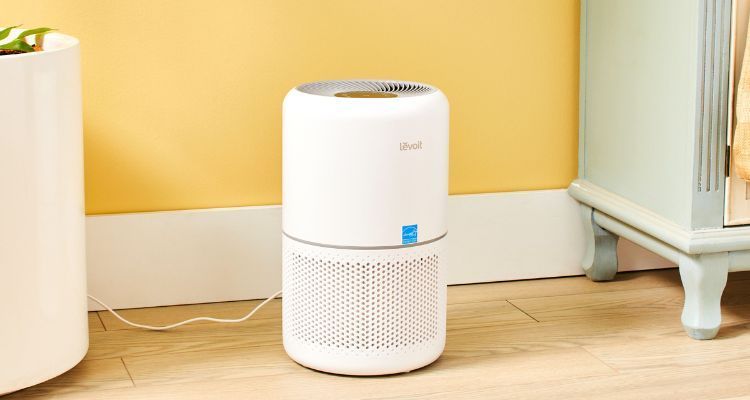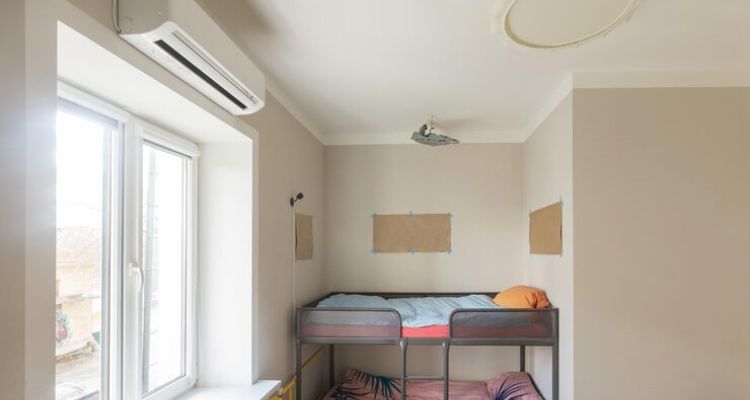Damages Caused By Improper Roof Ventilation and Attic Insulation
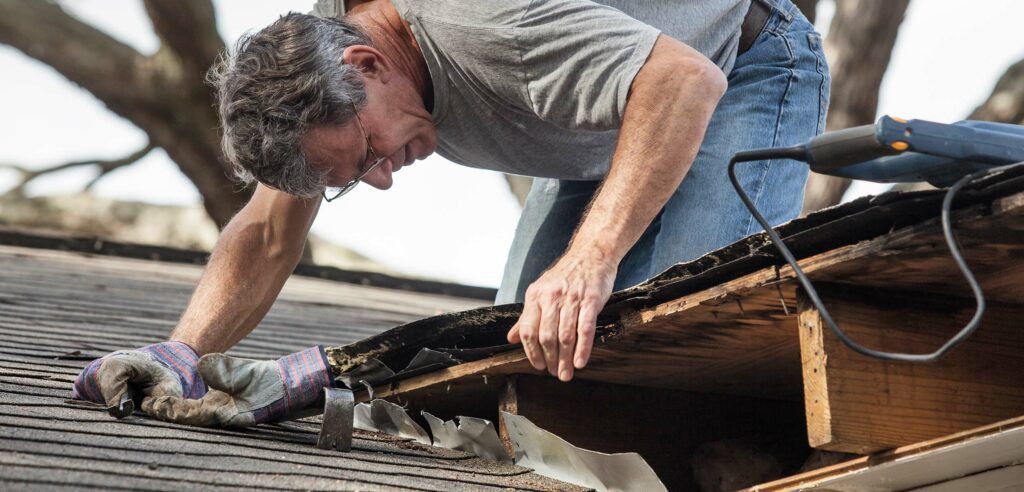
Issues in roof ventilation and attic insulation may seem small scale but actually, problems like these call for serious attention. However, it’s extremely important for homeowners to understand proper roof ventilation and attic insulation. Investing in proper roof ventilation and insulation offers more than just protection on your most prized purchase. It is also an investment for future savings and lifelong convenience.
The following damages on your home can take place if roof ventilation and attic insulation issues are left unattended:
1. Deterioration of roof
The roof is one of the most fundamental parts of your home. It stands between the interior of your home and the outside world. Poor roof ventilation and attic insulation can cause excessive water to accumulate on the wooden structures of your roof. This, in turn, deteriorates the roofing system, from the decking to shingles. The roofing system is costly to repair and in some cases might need replacement. Maintaining your roof increases its lifespan and home’s structural integrity.
2. Ice dams
Heavy snowfall is likely to cause accumulation of ice on the roof. However, ice dams build when the heat that escapes from a poorly insulated attic melts the snow on the roof. The snow refreezes before dripping off and melts again. The water that backs up behind the dam can leak and cause damage to walls, ceilings, and other areas. These ice dams can also tear off gutters, loosen shingles, and cause water to back up into your home.
3. Rust
Metal components of the roof are likely to rust and potentially break due to moisture. On the outside it can cause shingle loss, on the inside of the attic it can also rust things like plumbing, heating, and venting duct straps.
4. Pressure in your air conditioner
If there’s excessive heat, your AC will work harder and longer to keep up. If your air conditioning system is overworked, repairs and replacements will be needed sooner or more often.
Apart from these structural damages, roof ventilation and attic insulation problems can result in an uncomfortable and unhealthy living conditions. This includes:
5. Excessive heat especially during the warm months
Poor ventilation can trap the heat from the sun and in no way can help this excessive heat to escape. Heat is pushed downwards even more to your home which is highly inconvenient. The electric bill is sure to rise up too.
6. Mold and mildew buildup
During the colder months, the cold air meets with the rising moist warm air caused by cooking, heating, and showering. When condensation drips, mold growth will start to spread. According to the Center for Disease Control, mold can trigger allergic reactions to highly sensitive people, especially young children or people with asthma.
Ventilation is extremely important in your home because it controls the moisture that lingers in the home. It also helps the home get rid of moisture, odors, and pollutants. Proper roof ventilation and attic insulation help outside air pass through and out of your home’s attic. It also helps create the right air balance which is extremely important in keeping your home safe and comfortable.

